March 3, 2011 — Vistec Lithography Inc., electron-beam lithography system supplier, received a major order from Greece. The National Center for Scientific Research (NCSR Demokritos) bought an EBPG5000plusES system for one of its associated Institute of Microelectronics (IMEL). This will be the first 100kV lithography system in Greece, enabling multidisciplinary cutting-edge nano-research.
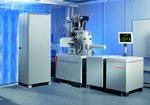 "Due to the different fields of research carried out at the IMEL we had very special demands for the new patterning system. It not only had to be capable of a multi user environment but also had to provide high class and efficient nano-lithography in all areas of our activities spanning from nanoelectronic devices to sensors and MEMS/NEMS. The EBPG5000plusES is the perfect match to these requirements and it will allow IMEL to further improve its position at the nanotechnology forefront," said Professor Dimitris Tsoukalas, director of IMEL. The Vistec EBPG5000plusES is a high-performance lithography tool based on reliable and well-proven system architecture. Due to its electron-optical column, the system can expose various substrate types with a spot size down to <2.2nm, enabling nano-dimensional features below 8nm. The system incorporates an interactive graphical user interface (GUI) that provides ease of use for diverse multi user environments.
"Due to the different fields of research carried out at the IMEL we had very special demands for the new patterning system. It not only had to be capable of a multi user environment but also had to provide high class and efficient nano-lithography in all areas of our activities spanning from nanoelectronic devices to sensors and MEMS/NEMS. The EBPG5000plusES is the perfect match to these requirements and it will allow IMEL to further improve its position at the nanotechnology forefront," said Professor Dimitris Tsoukalas, director of IMEL. The Vistec EBPG5000plusES is a high-performance lithography tool based on reliable and well-proven system architecture. Due to its electron-optical column, the system can expose various substrate types with a spot size down to <2.2nm, enabling nano-dimensional features below 8nm. The system incorporates an interactive graphical user interface (GUI) that provides ease of use for diverse multi user environments.
IMEL is the top research provider of its type in Greece, noted Rainer Schmid, GM at Vistec Lithography, adding that the EBPG5000plusES 100kV system will allow the institute to maintain a leading role in national nano-research, European research projects, networks of excellence, and technology platforms.
NCSR Demokritos is a multidisciplinary Research Center located close to Athens. Its activities are performed in 8 Institutes and are concentrated in the areas of nanosciences & micro-nanotechnology, new materials, energy, health, environment, informatics & telecommunications and cultural heritage.
IMEL is one of the 8 Institutes of NCSR Demokritos with a mission to perform medium- to long-term research in micro and nanotechnology. The Institute supports educational activities in Greece and offers services to external users.
The Vistec Electron Beam Lithography Group is a global manufacturer and supplier of e-beam lithography systems with applications ranging from nano and bio-technology to photonics and industrial environments like mask making or direct writing for fast prototype development and design evaluation.
The Vistec Electron Beam Lithography Group combines Vistec Lithography and Vistec Electron Beam. Vistec Lithography develops, manufactures, and sells electron-beam lithography equipment based on Gaussian Beam technology. Vistec Electron Beam provides electron-beam lithography equipment based on Shaped Beam technology.
Learn more at www.vistec-semi.com
Follow Small Times on Twitter.com by clicking www.twitter.com/smalltimes. Or join our Facebook group


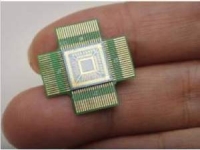 As part of MSGI Space Act Agreements with NASA, a handheld diagnostic device has been developed with medical and environmental testing applications. The new device plugs directly into an iPhone and can collect and analyze chemical data in real time. The device senses chemicals in the air using a sample jet and a
As part of MSGI Space Act Agreements with NASA, a handheld diagnostic device has been developed with medical and environmental testing applications. The new device plugs directly into an iPhone and can collect and analyze chemical data in real time. The device senses chemicals in the air using a sample jet and a  Within the medical diagnostic field, the sensor will extract and test breath for a variety of biomarkers indicating various stages of a life-threatening disease. The first such chemical sensor will be used as a non-invasive bloodless test for diabetes. Environmental diagnostic applications include testing the air in a burning building for levels of carbon monoxide and other dangerous or toxic gases, screening for attempts of bio-terrorism.
Within the medical diagnostic field, the sensor will extract and test breath for a variety of biomarkers indicating various stages of a life-threatening disease. The first such chemical sensor will be used as a non-invasive bloodless test for diabetes. Environmental diagnostic applications include testing the air in a burning building for levels of carbon monoxide and other dangerous or toxic gases, screening for attempts of bio-terrorism.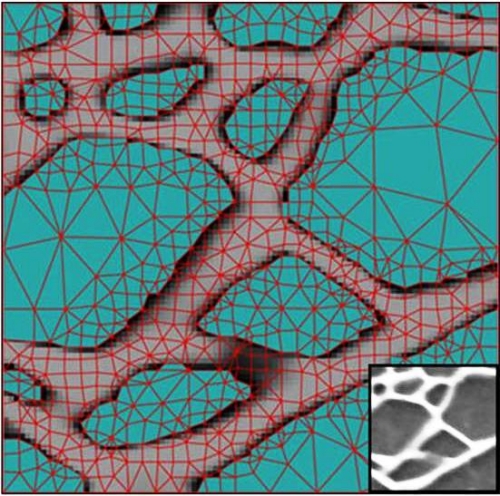
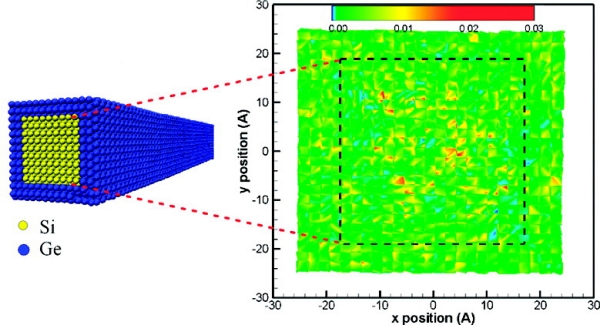
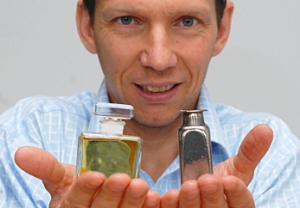
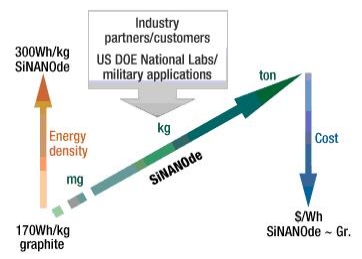
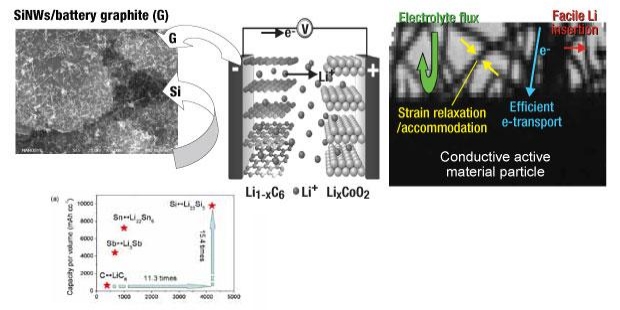
 Listen to Zhu’s interview:
Listen to Zhu’s interview: